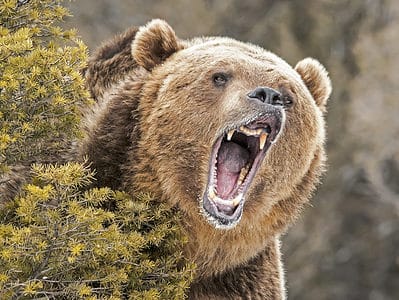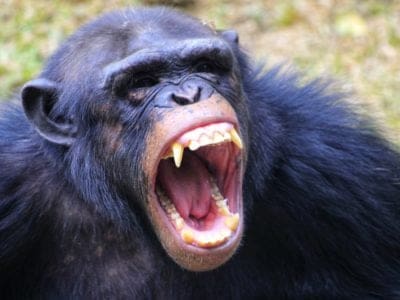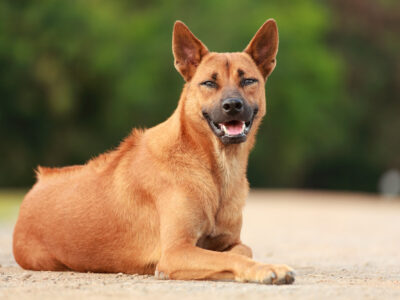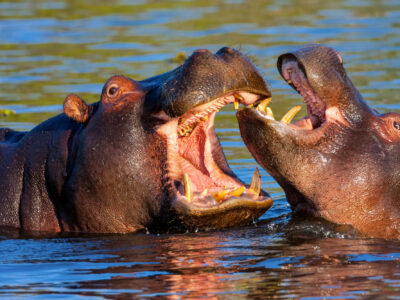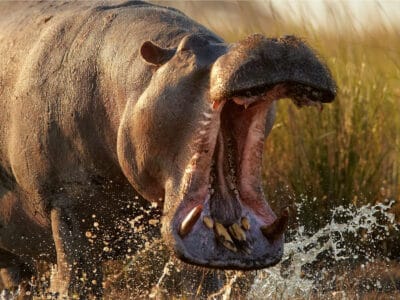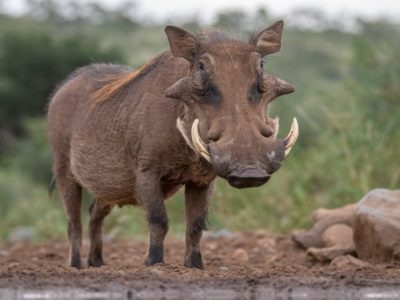A canine tooth, also known as a cuspid, is a type of tooth found in many mammals. Cuspids are typically located between the incisors and the premolars (or bicuspids). The canine tooth is characterized by its long, sharp point. The term canine comes from the Latin word caninus, which means of the dog. This name was given to the teeth because of their resemblance to the long, pointed teeth of a dog.
Canine teeth are especially prominent in carnivorous animals, such as dogs and wolves. They are used for biting and tearing. The name canine is also used in reference to other animals that have prominent, pointed teeth. Cats, bears, and some primates, including humans all have cuspids. Cuspids are also referred to as eye teeth because of their position beneath the eyes. They are designed to be strong and durable. They play an important role in biting and tearing food, as well as defense and social hierarchies.
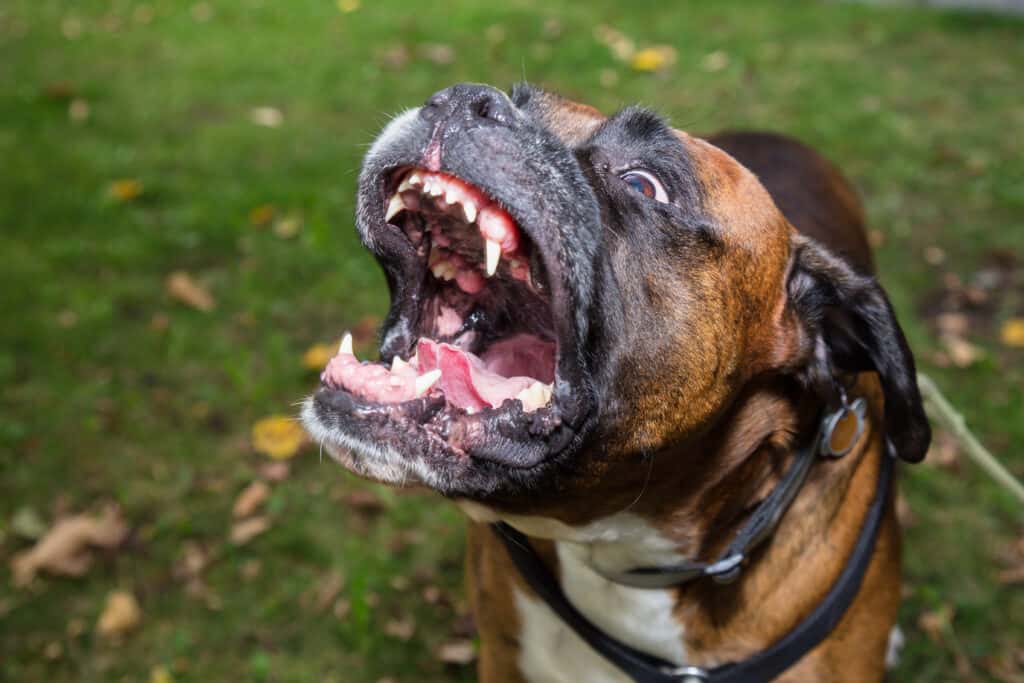
The term canine comes from the Latin word
caninus,which means
of the dog.This name was given to the teeth because of their resemblance to the long, pointed teeth of a dog.
©EB Adventure Photography/Shutterstock.com
Origin
The origins of canine teeth can be traced back to the earliest mammalians, which lived more than 200 million years ago. These ancient mammals had sharp, pointed teeth toward the front of their jaws that were used for hunting and defense. Over time, as mammals evolved and diversified, the shape and size of their teeth also changed. In many species, including dogs and other carnivorous animals, the canines became longer and more specialized for puncturing and tearing flesh.
The development of canine teeth was a key adaptation for early mammals that allowed them to become successful predators. Today, cuspids continue to play a crucial role in the survival and behavior of many species, from hunting prey to defending territories and establishing dominance within social hierarchies.
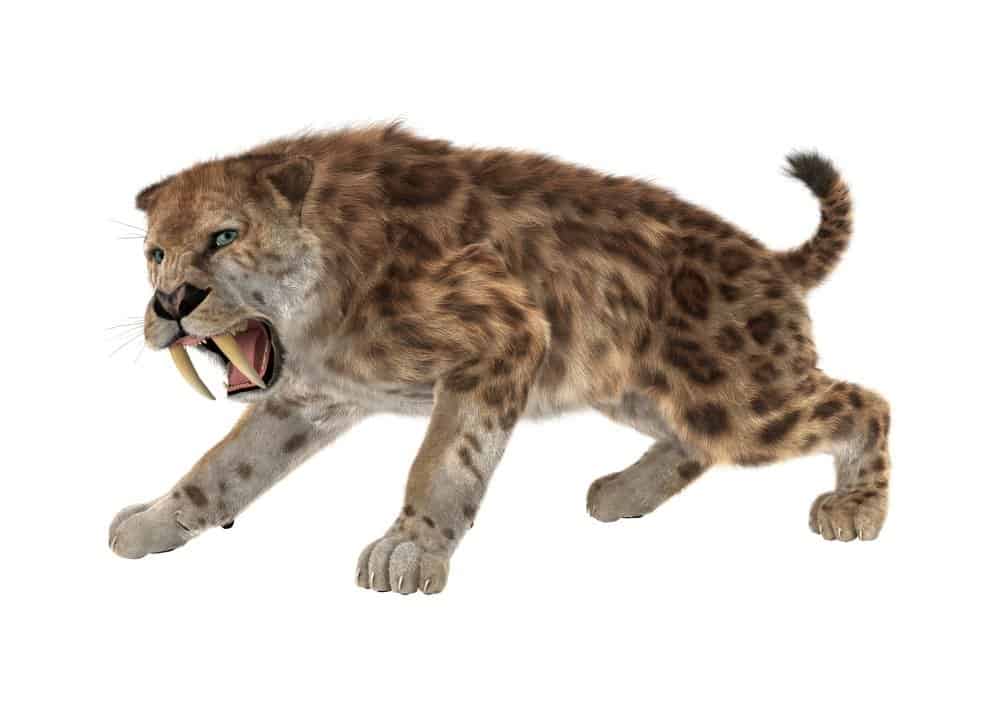
The development of canine teeth was a key adaptation for early mammals that allowed them to become successful predators, like the now extinct saber-toothed cats.
©Valentyna Chukhlyebova/Shutterstock.com
The Position of Canine Teeth
Canine teeth are located toward the front of the mouth, between the incisors (the small teeth in the very front of the mouth) and the premolars (the larger teeth behind the canines). The cuspids are usually the longest and most pointed teeth in the mouth. Most primates and carnivores have four cuspids, two in the upper jaw (maxillary) and two in the lower jaw (mandibular).

The canine teeth are usually the longest and most pointed teeth in the mouth.
©Anna Krivitskaya/Shutterstock.com
Structure and Composition
A combination of dentin and enamel, and pulp make up canine teeth. Dentin is a hard, bone-like tissue that makes up the bulk of the tooth structure, while enamel is a harder, outer layer that provides protection from wear and tear. The pulp is the innermost layer of the tooth, which contains the nerves and blood vessels.
Cuspids are designed for biting and tearing. Cuspids are typically longer and more pointed than incisors, premolars, and molars. The canine root is often longer and more deeply embedded in the jawbone (see illustration). This provides a strong foundation for the tooth, which is necessary for withstanding the forces generated during biting and tearing.
The crown (the part that is visible above the gum line) is typically pointed and has a slightly curved shape that allows it to pierce through tough materials. The incisal edge (the cutting edge) of the cuspid is also usually thicker and stronger than that of other teeth, which helps to prevent it from chipping or fracturing during use.

The canine tooth root is often longer and more deeply embedded in the jawbone (illustration of human tooth forms).
©Vectomart/Shutterstock.com
The Role of Canine Teeth
The principal functions of canine teeth are:
- Biting and tearing: Cuspids are designed to be long and pointed, which makes them well-suited for puncturing and tearing flesh. In carnivorous animals, the cuspids are often used in conjunction with other teeth to catch, hold, and tear apart prey.
- Self-defense: In addition to their use in hunting, canine teeth also serve as an important defensive weapon. When threatened, many animals will bare their teeth and use their cuspids to intimidate potential predators or aggressors.
- Social behavior: Cuspids play a role in establishing social hierarchies within animal groups. Dominant animals will often use their cuspids to assert their authority over subordinates, while lower-ranking animals may use submissive behaviors such as showing their teeth or turning their head away to avoid conflict.
- Aesthetics: In some primates the size and shape of the canine teeth are used as a visual signal to attract mates or establish dominance.

Waluruses
have long, sharp canine teeth that are used for hunting and self-defense.
©Mikhail Cheremkin/Shutterstock.com
What Animals Have Cuspids?
Cuspids can be found in a wide range of mammals, though the size of cuspids varies widely depending on the species and their diet. Carnivores have the most prominent canine teeth. Bears, foxes, hyenas, leopards, lions, and wolves all have well-developed cuspids that are used for hunting and self-defense. Many primates, including chimpanzees, gorillas, and baboons, have large, prominent cuspids that are used for display and social signaling, as well as for defense. Walruses and sea lions, and narwhals have long, sharp cuspids that are used for hunting and self-defense in their aquatic environments.

Narwhals (
Monodon monoceros) have the largest canine teeth of all animals. A narwhal’s tusk is actually a canine tooth. This giant cuspid can grow up to ten feet (3 meters) long and weigh 22 pounds (10 kg)!
©iStock.com/dottedhippo
Facts About Canine Teeth
- Humans (Homo sapiens)have four canine teeth, two in the upper jaw and two in the lower jaw.
- Narwhals (Monodon monoceros) have the largest canine teeth of all animals. A narwhal’s tusk is actually a canine tooth. This giant cuspid can grow up to ten feet (3 meters) long and weigh 22 pounds (10 kg)!
- Only male zebras have canine teeth!
- Cuspids are sometimes called eye teeth, fangs, or vampire teeth.
- Crocodiles are the only reptiles with true canine teeth.










